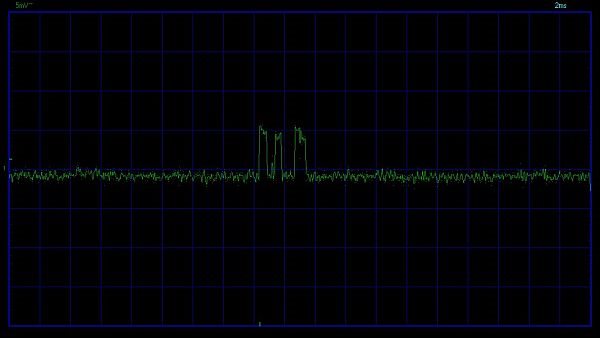I was ordered about 400pcs of these chips in SO8 package from Farnell and from Digikey within some years period. I am using these chips for ultra low distortion audio range sine oscillators manufacturing. But, I need to make noise spectrum measurement control before trying these chips, because situation is non understanding for me in frequency region lower than 100Hz. Only approximately half of all chips has noise density in this region similar as in higher frequency region, but approximately 20% of all chips has very high noise and flicker (more than ten times higher) in this low frequency region. In other ways these chips are very nice, and allow to build oscillators with distortions level about -150dB at 1kHz.
Thank you,
Victor.










